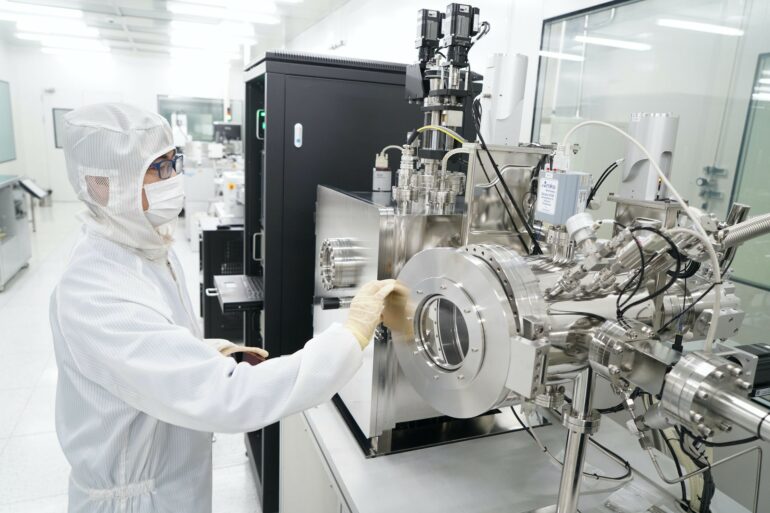Twenty years ago, nanotechnology was the artificial intelligence of its time. The specific details of these technologies are, of course, a world apart. But the challenges of ensuring each technology’s responsible and beneficial development are surprisingly alike. Nanotechnology, which is technologies at the scale of individual atoms and molecules, even carried its own existential risk in the form of “gray goo.”
As potentially transformative AI-based technologies continue to emerge and gain traction, though, it is not clear that people in the artificial intelligence field are applying the lessons learned from nanotechnology.
As scholars of the future of innovation, we explore these parallels in a new commentary in the journal Nature Nanotechnology. The commentary also looks at how a lack of engagement with a diverse community of experts and stakeholders threatens AI’s long-term success.
Nanotech excitement and fear
In the late 1990s and early 2000s, nanotechnology transitioned from a radical and somewhat fringe idea to mainstream acceptance. The U.S. government and other administrations around the world ramped up investment in what was claimed to be “the next industrial revolution.” Government experts made compelling arguments for how, in the words of a foundational report from the U.S. National Science and Technology Council, “shaping the world atom by atom” would positively transform economies, the environment and lives.
But there was a problem. On the heels of public pushback against genetically modified crops, together with lessons learned from recombinant DNA and the Human Genome Project, people in the nanotechnology field had growing concerns that there could be a similar backlash against nanotechnology if it were handled poorly.
A whiteboard primer on nanotechnology – and its responsible development.
These concerns were well grounded. In the early days of nanotechnology, nonprofit organizations such as the ETC Group, Friends of the Earth and others strenuously objected to claims that this type of technology was safe, that there would be minimal downsides and that experts and developers knew what they were doing. The era saw public protests against nanotechnology and – disturbingly – even a bombing campaign by environmental extremists that targeted nanotechnology researchers.
Just as with AI today, there were concerns about the effect on jobs as a new wave of skills and automation swept away established career paths. Also foreshadowing current AI concerns, worries about existential risks began to emerge, notably the possibility of self-replicating “nanobots” converting all matter on Earth into copies of themselves, resulting in a planet-encompassing “gray goo.” This particular scenario was even highlighted by Sun Microsystems co-founder Bill Joy in a prominent article in Wired magazine.
Many of the potential risks associated…



